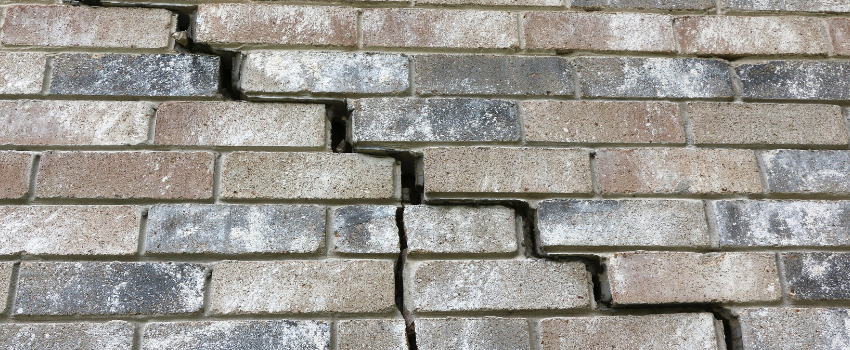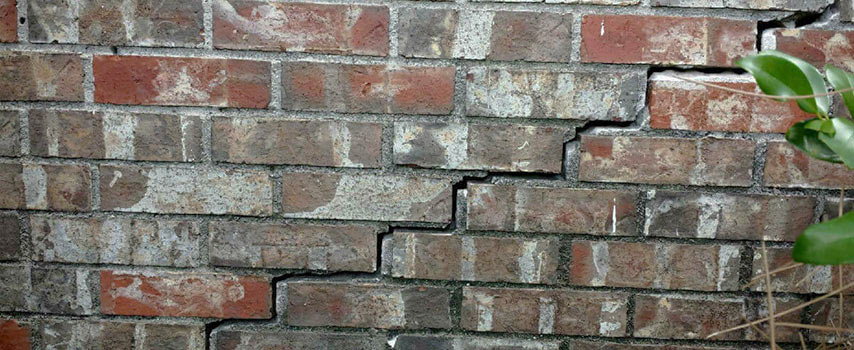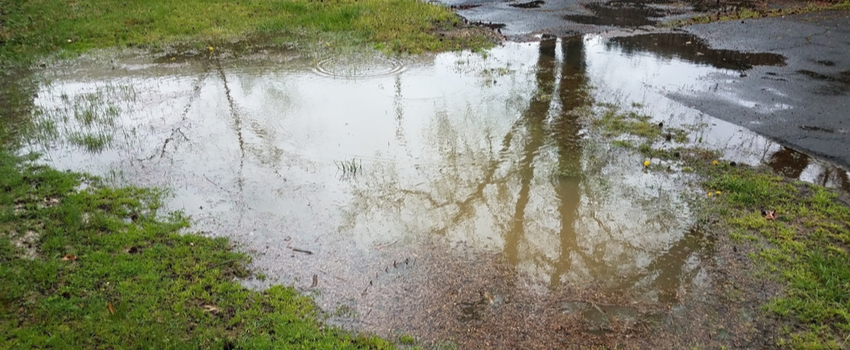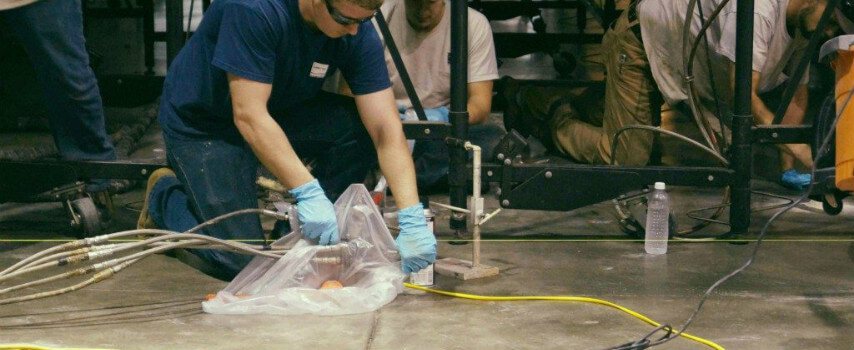When we think about the stability and durability of a building, we often overlook the critical role that foundations play. The foundation of a structure serves as its anchor, providing strength and support. However, various factors can cause a building’s foundations to move, leading to structural issues that can compromise the safety and integrity of the entire building.
How Much Foundation Movement Is Acceptable?
The acceptable amount of foundation movement can vary depending on several factors, including the type of foundation, the structure it supports, local building codes, and geological conditions. Generally, some degree of foundation movement is normal and expected due to factors like soil settlement, temperature changes, and moisture variations. However, excessive movement can lead to foundation issues and compromise the integrity of the building.
As a guideline, most building codes and engineering standards define acceptable foundation movement in terms of fractions of an inch or millimeters. For example, typical residential structures may have acceptable foundation movement within the range of 1/4 inch to 1 inch over a specific period, such as 12 months.
It’s essential to conduct regular inspections and monitor any signs of foundation movement, such as cracks in walls or uneven floors. If you notice significant movement or structural concerns, it’s crucial to consult a qualified structural engineer or foundation specialist to assess the situation and recommend appropriate measures to address the issue.
What Causes a Building’s Foundations to Move?
Now we will explore the common causes of foundation movement and highlight the importance of seeking professional assistance, such as URETEK Gulf Coast, to address foundation-related concerns effectively.
Environmental Changes
The biggest thing we see here in Houston is movement due to environmental changes—extreme heat and drought cause soil to shrink in the summer. Heavy rain causes soil to swell. This repeated cycle causes the home to move and the soil to shift. Floods and other natural disasters can subject a building’s foundation to significant stress. For example, floodwaters can saturate the soil, increasing its weight and exerting pressure on the foundation.
Under Slab Leaks
Other major factors are under slab leaks. That would be leaks in peoples’ sanitary sewers. Water flows out of the pipes and erodes soil under the home creating voids and allowing for uneven settlement. Lots of times, when someone has settlement in their bathroom, a leak test can be conducted to see if plumbing is causing the problem.
Soil Conditions
Another one of the primary culprits behind foundation movement is the soil upon which a building is constructed. Soil composition, moisture content, and stability are vital in determining the foundation’s long-term integrity. Expansive clay soils, for instance, can undergo significant volume changes with fluctuations in moisture content, leading to foundation movement. Similarly, loose soils can settle over time, causing the foundation to sink or become uneven.
Poor Drainage
Water is a potent force that can wreak havoc on a building’s foundation if not managed effectively. Poor drainage around a structure can result in the accumulation of water near the foundation, leading to increased soil moisture content. The excess water can cause the soil to expand, exerting pressure on the foundation walls and causing movement. Additionally, water can erode the soil beneath the foundation, creating voids that further compromise its stability.
Poor Compaction
Inadequate construction practices can have long-term repercussions on a building’s foundation. Insufficiently compacted soil during the construction phase or using substandard materials can compromise the structural integrity from the outset. Design flaws, such as inadequate reinforcement or improper load distribution, can also contribute to foundation movement over time.
Tree Roots
To a lesser extent, invasive tree roots cause foundations to move. As tree roots grow, they can exert pressure on the soil, potentially causing it to shift or compress. This pressure can lead to foundation movement and even cracks in the walls or floors.
URETEK Gulf Coast is Your Trusted Foundation Repair Partner
A building’s foundation is the backbone upon which its entire structure stands. Understanding the causes of foundation movement is crucial to ensuring the long-term stability and safety of any building. Addressing issues promptly and seeking professional assistance can mitigate or even prevent the potential structural damage caused by foundation movement.
When it comes to foundation repair and stabilization, URETEK Gulf Coast has established itself as a reputable and experienced provider of innovative solutions. With their expertise in foundation repair methods and advanced technologies like polymer injection, they can help restore the stability of your building’s foundation efficiently and cost-effectively. Don’t wait until the signs of foundation movement become severe.
Contact URETEK Gulf Coast today and safeguard the future of your structure. Remember, a strong foundation is the key to a sturdy building!




